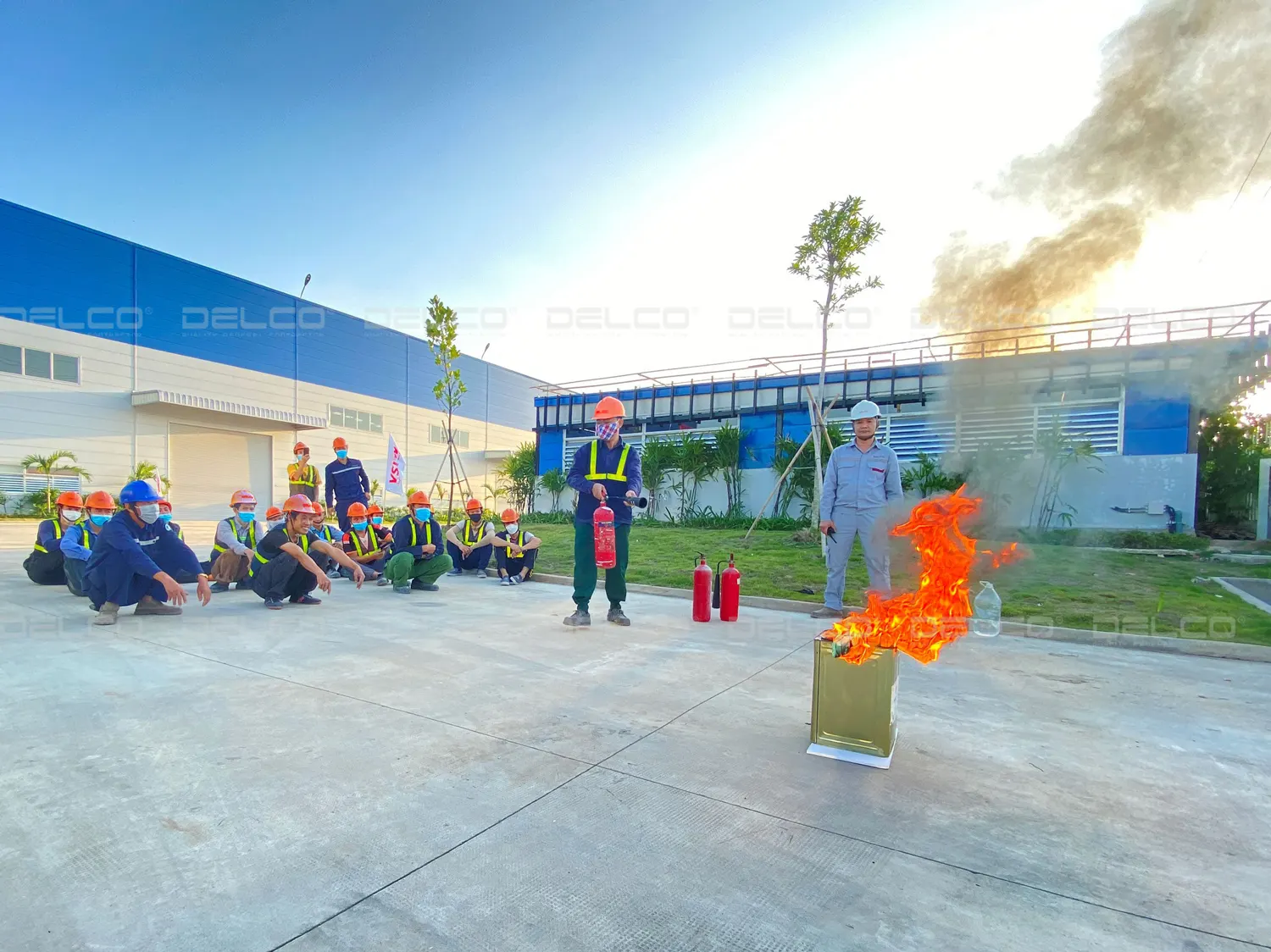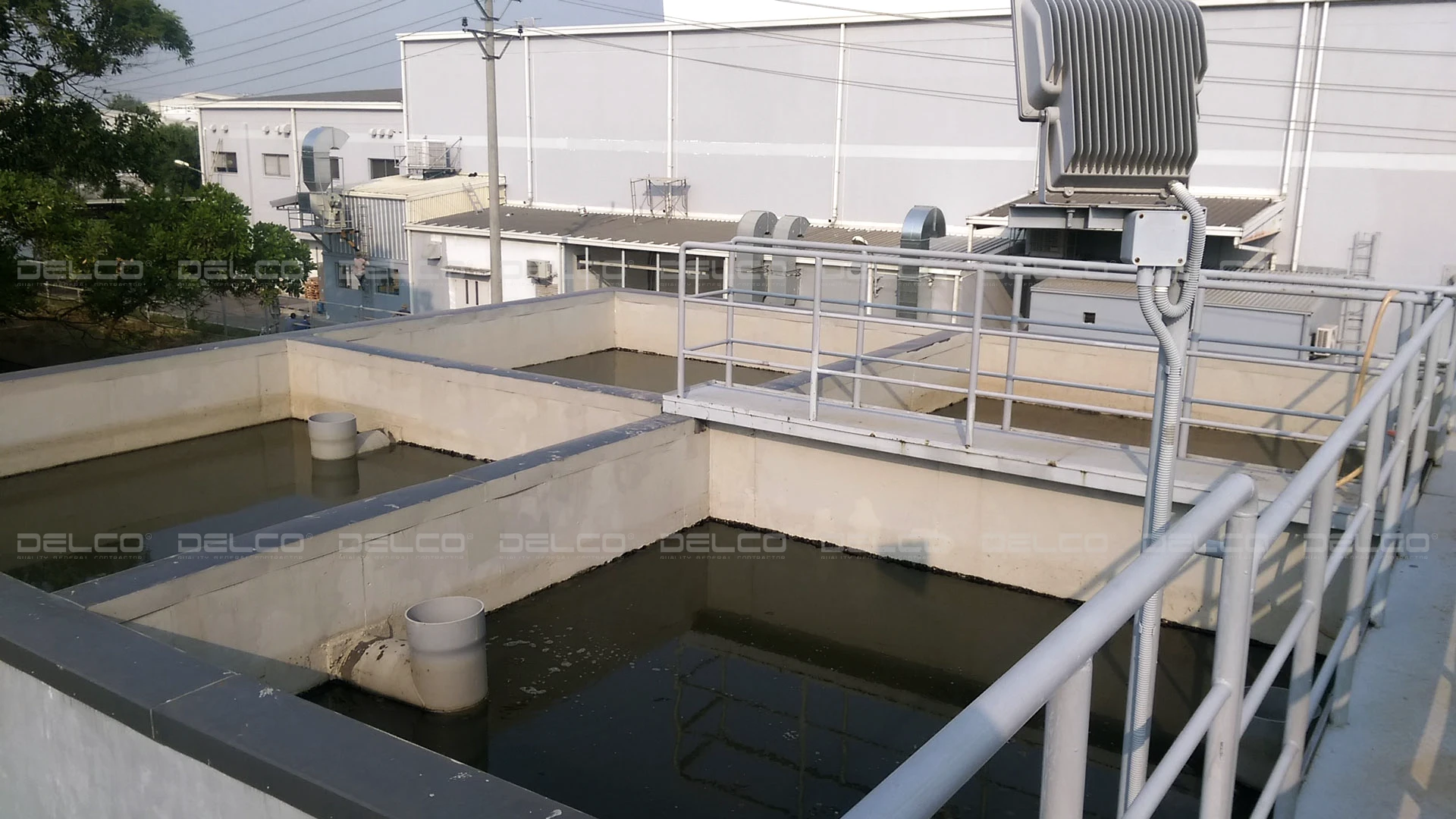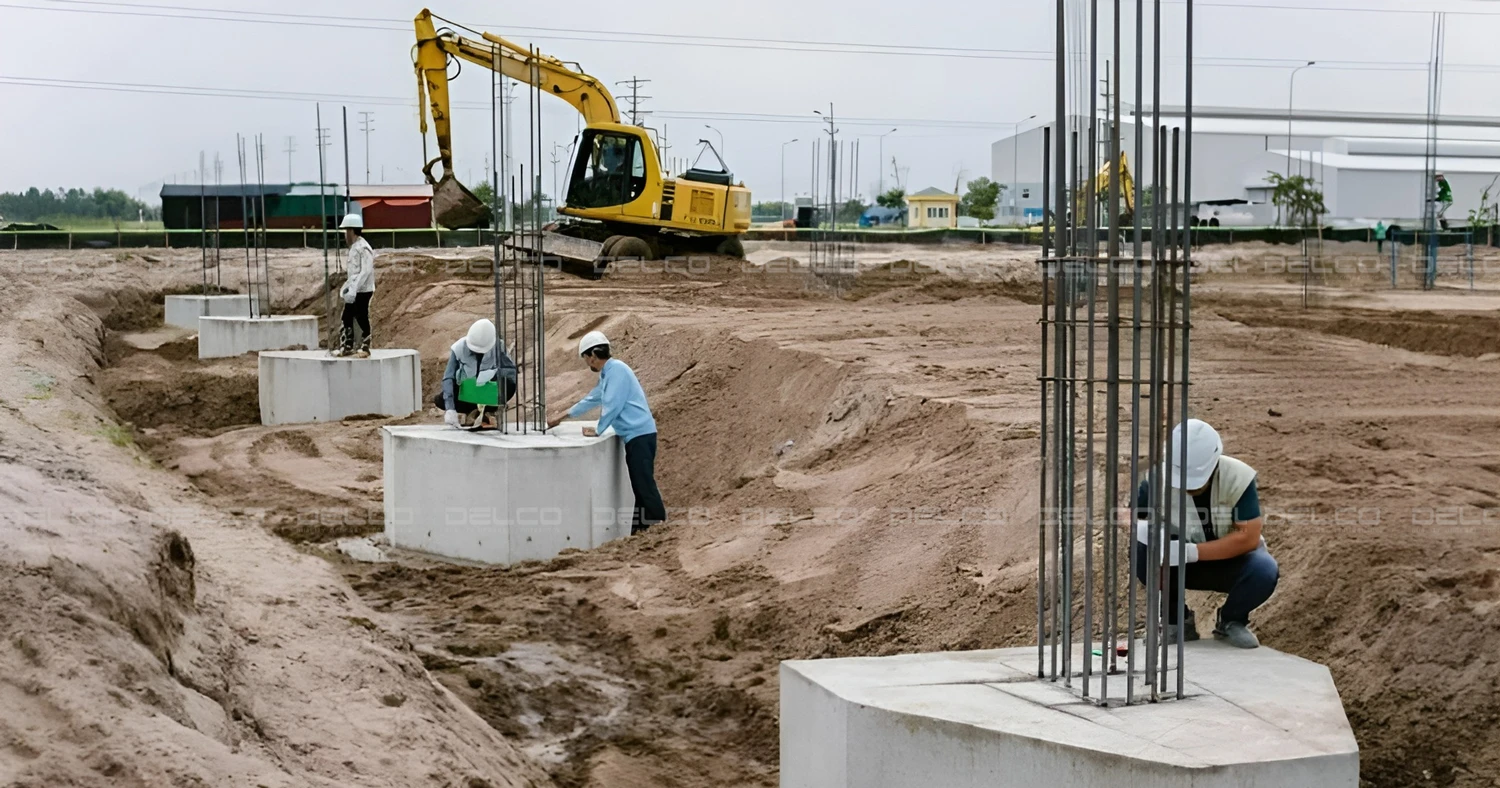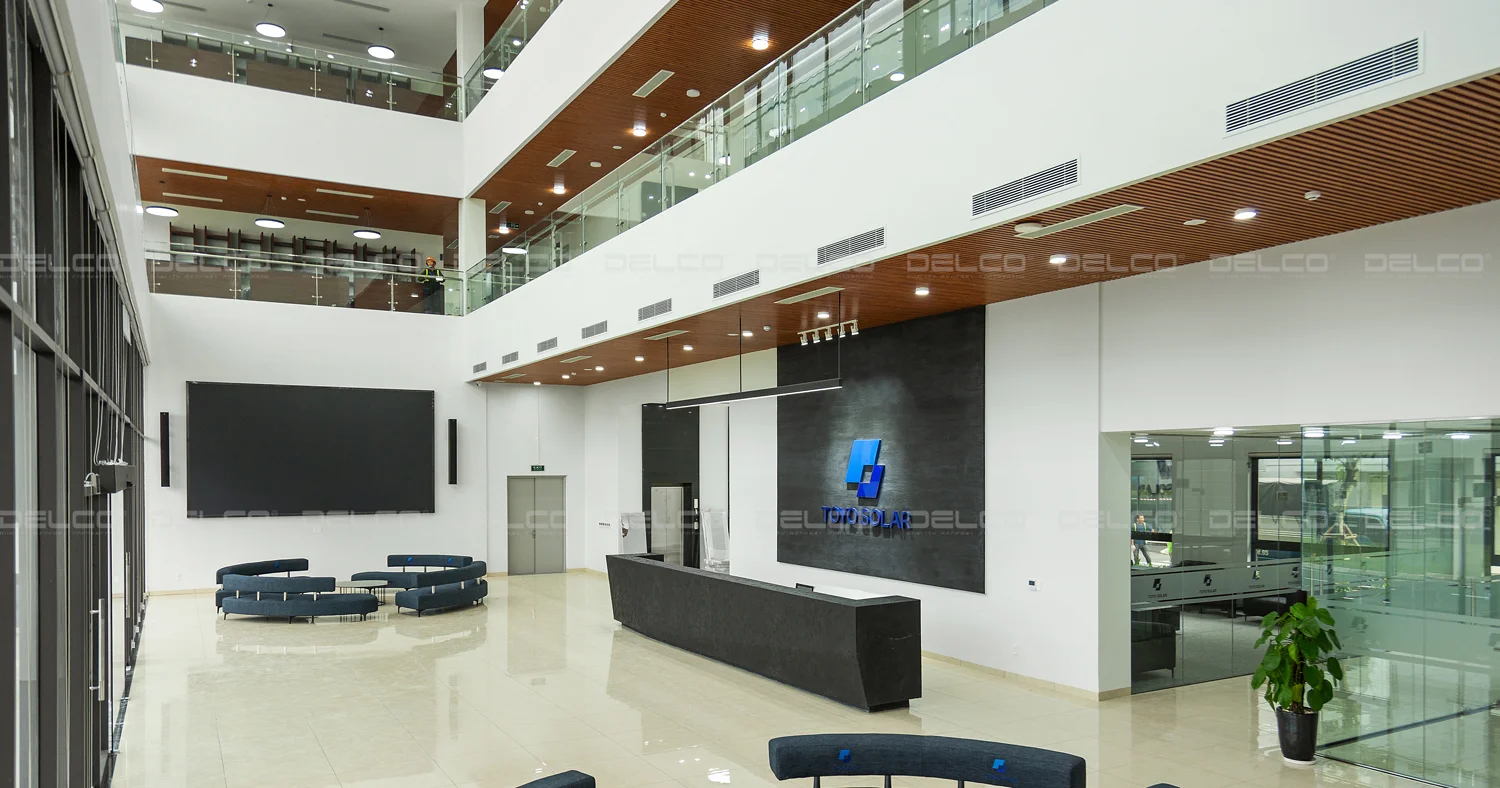Summary of the latest update on fire safety regulations: QCVN 06:2022 (revised in 2023) and QCVN 03:2023/BCA to help investors and contractors fully understand new requirements in designing and constructing fire prevention and fighting systems in factories and workshops.
Important key points of fire safety regulation QCVN 06/2022, updated Oct 2023
Subject of application of fire safety regulation QCVN 06:2022
Current fire safety regulations in Vietnam include QCVN 06:2022 which takes effect from January 16, 2023, and amendment 1:2023 QCVN 06:2022 issued on October 16, 2023, which takes effect from December 1, 2023.
Amendment 1:2023 adjusts the subject of application of fire safety requirements.
This applies to newly constructed factories and workshops; or only applies to building sections and areas directly renovated, repaired in the following cases:
– Change the function of the building or fire compartment in a way that raises fire safety requirements.
– Change exit solutions of storeys, fire compartments, or buildings in a way that reduces the number of egress or exit staircases.
– Increase the fire and explosion hazard level of the storeys, fire compartments, or buildings.
– Increase scale thereby advancing fire safety requirements for storeys, fire compartments, or buildings.
Thus, the latest fire safety regulations for factories and workshops have specifically stipulated the cases where QCVN 06:2022 needs to be applied when renovating and repairing works, helping investors and design-construction companies of the fire prevention and fighting system fully comprehend the procedures and choose the appropriate plan for the wish and purpose of renovation and repair of the project.
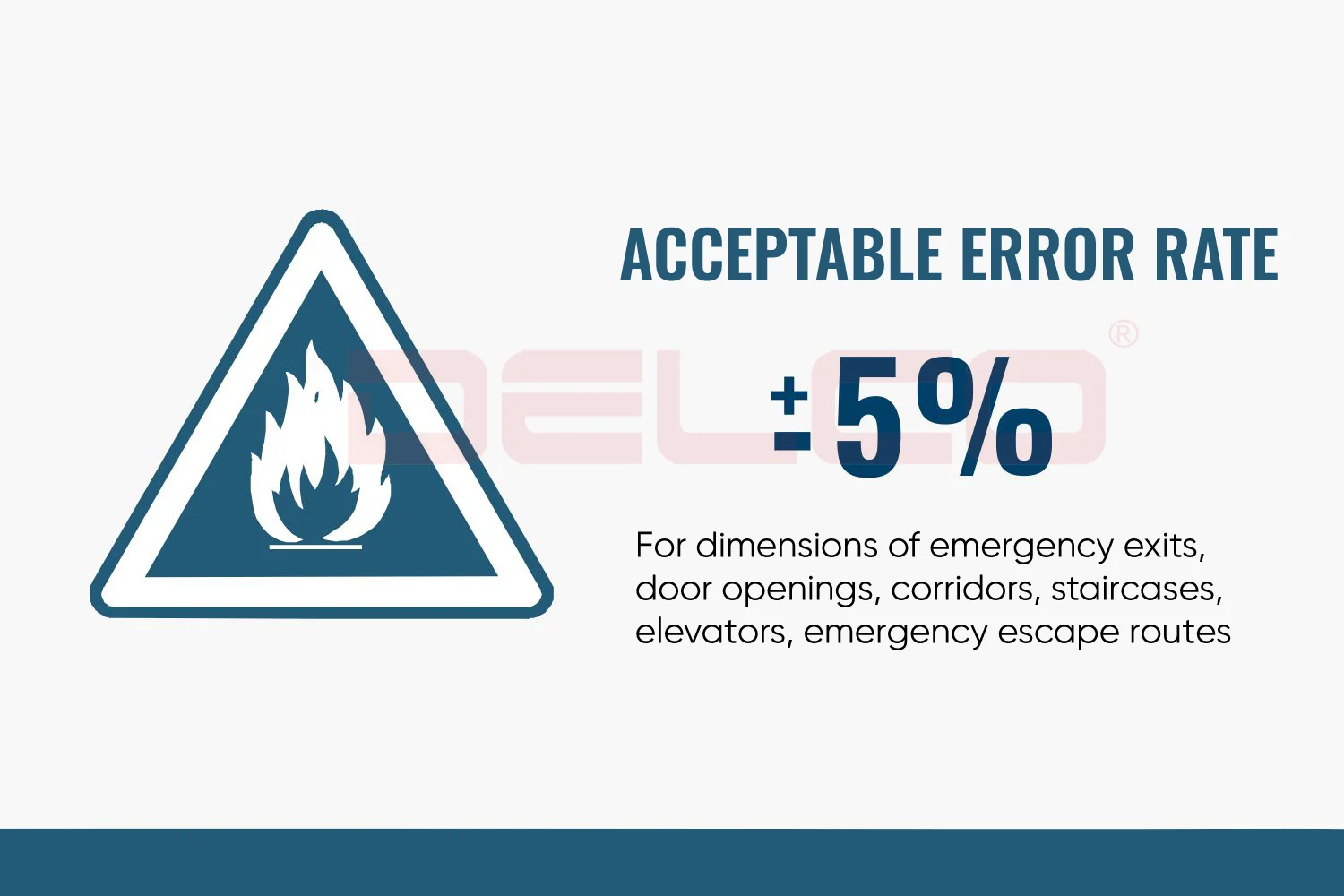
Summary of new points about construction works applying QCVN 06:2022
In addition, some important new regulations are added in article 1.5.5 such as: Allowing the application of different fire prevention solutions and plans (including those not mentioned in this regulation ) to implement fire safety requirements, as long as the purposes of aforementioned requirements are met.
In addition, construction tolerance is acceptable when applying regulations on dimensions and distances according to corresponding construction and acceptance standards. The width and height dimensions of emergency exits, openings, corridors, stairs, elevators, egress and similar items can have construction tolerance of +-5%.
About the design and planning of factories, workshops

Summary of new points in factory, workshop design and planning
The masterplan drawing of factories and workshops is regulated more specifically to meet fire prevention and fighting requirements. Some important updated articles to fire safety standards:
– Regulations on the distance between emergency exits, side corridors, permitted escape distance, etc., to ensure rescue.
– Regulations on stairwells: arrange smoke ventilation in the attic; type 2 staircase area.
– No fire prevention requirements for F5 rooms (group of rooms for production, warehouse of goods and materials) with fire hazard levels from C4 to E, water engineering room, technical rooms with humidity or low fire risk, areas for catering (without cooking stoves and food storage), internal meeting rooms and similar situations, etc.
– Fire prevention requirements for areas with fire hazard groups according to functions A, B, C and areas with other public functions.
– Requirement for the design of the parking lot to be convenient to local firefighting equipment.
– No regulations on how to arrange entrances atop the buildings for firefighting forces to enter when convenient.
– Change the way to determine the number of storeys of production buildings and warehouses.
– Add the option of selecting refuge areas as safe zones, with specific definitions of safe zones.
– Add a method to identify signs to classify buildings, construction works, rooms with production and warehouse functions according to fire and explosion hazards specified in the standards.
– Change the way to determine fire protection height of factories, workshops.
Thus, with updated articles in fire safety standards on building design and structure, investors need to pay more attention to fire prevention requirements, floor plan design and arrangement of stairwells, refuge areas. Thereby, proactively designing drawings and constructing appropriately to meet the conditions of fire safety regulations, ensuring fire safety for buildings and construction works.
About fire resistance limits of structures/components
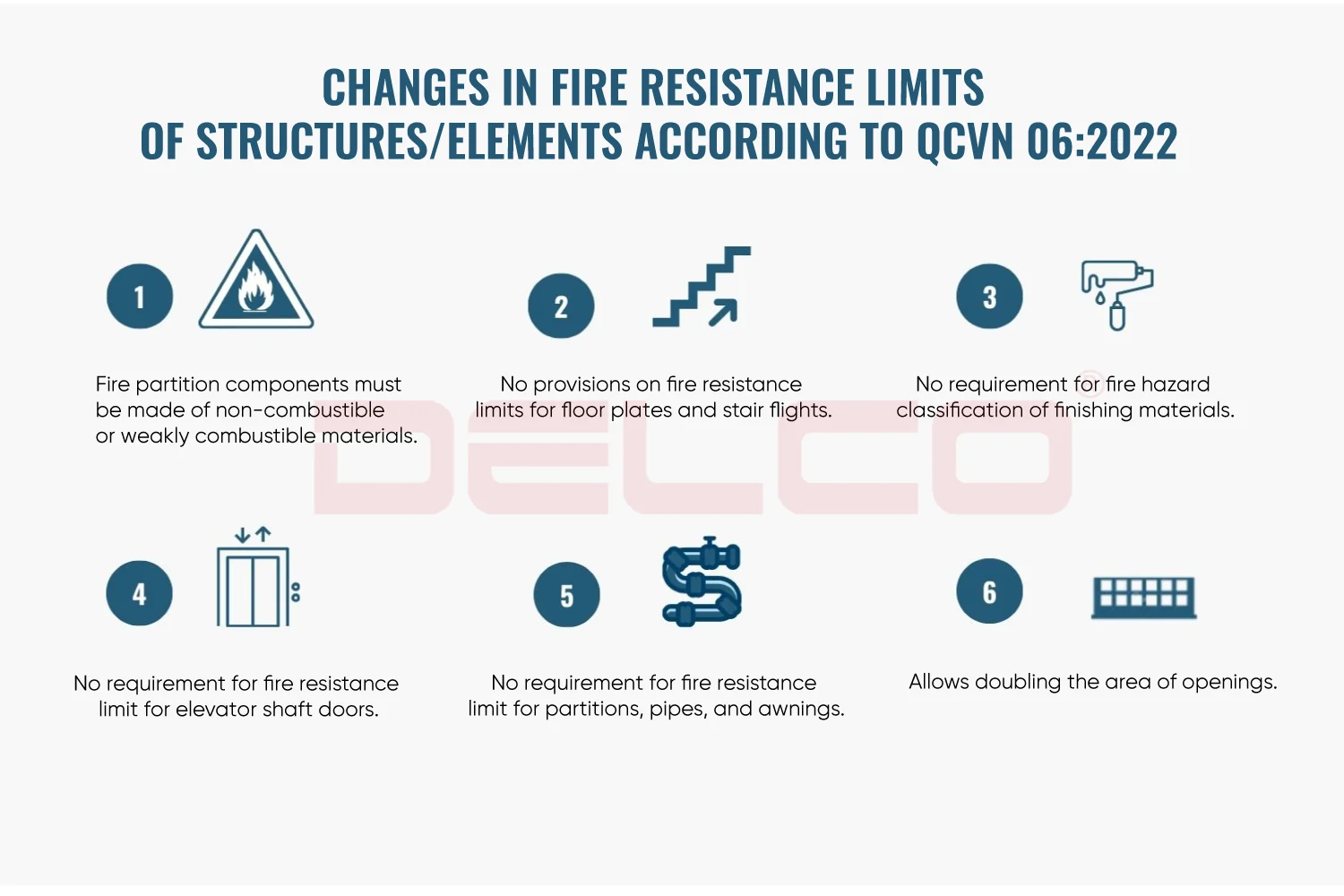
Summary of new key points on fire resistance limits of structures/components
Amendment 1:2023 also added many new regulations on fire resistance limits of structures/components to apply in combination with fire safety regulation QCVN 06:2022
– Regulations on fire prevention components made of non-flammable or mildly flammable materials (Ch1) with fire resistance limit of at least El15 for buildings with fire resistance levels II, III, IV.
– No regulations on fire resistance limits of stair slabs and stair landings in stairwells protected by internal walls with fire resistance limits.
– There are no fire hazard requirements for finishing, decorative, tiling, and covering materials on the outermost layer of walls, ceilings, and floors.
– No fire resistance limit is required for hoistway opening to side corridors.
– Fire resistance limit is not required for partitions in areas with type 2 stairs or corridors connected to type 2 stairs when the factory (or fire compartment with type 2 stairs) has a fire protection height not exceeding 9m, area of one floor not exceeding 300 m2 or when the factory has automatic fire suppression.
– Fire resistance limits of ducts, smoke exhaust ductwork and air supply ducts are not required if the conditions of amendment 1:2023 are simultaneously met.
– It is allowed to double the area of openings not protected against fire if the factory or workshop is equipped with automatic fire suppression. Other solutions to prevent fire spread as specified in point 4.35 are allowed for openings of E 60 or less.
– No fire resistance limit is required for awnings, patio roofs, roofs for hallways, and outdoor halls.
About the fire prevention and fighting system
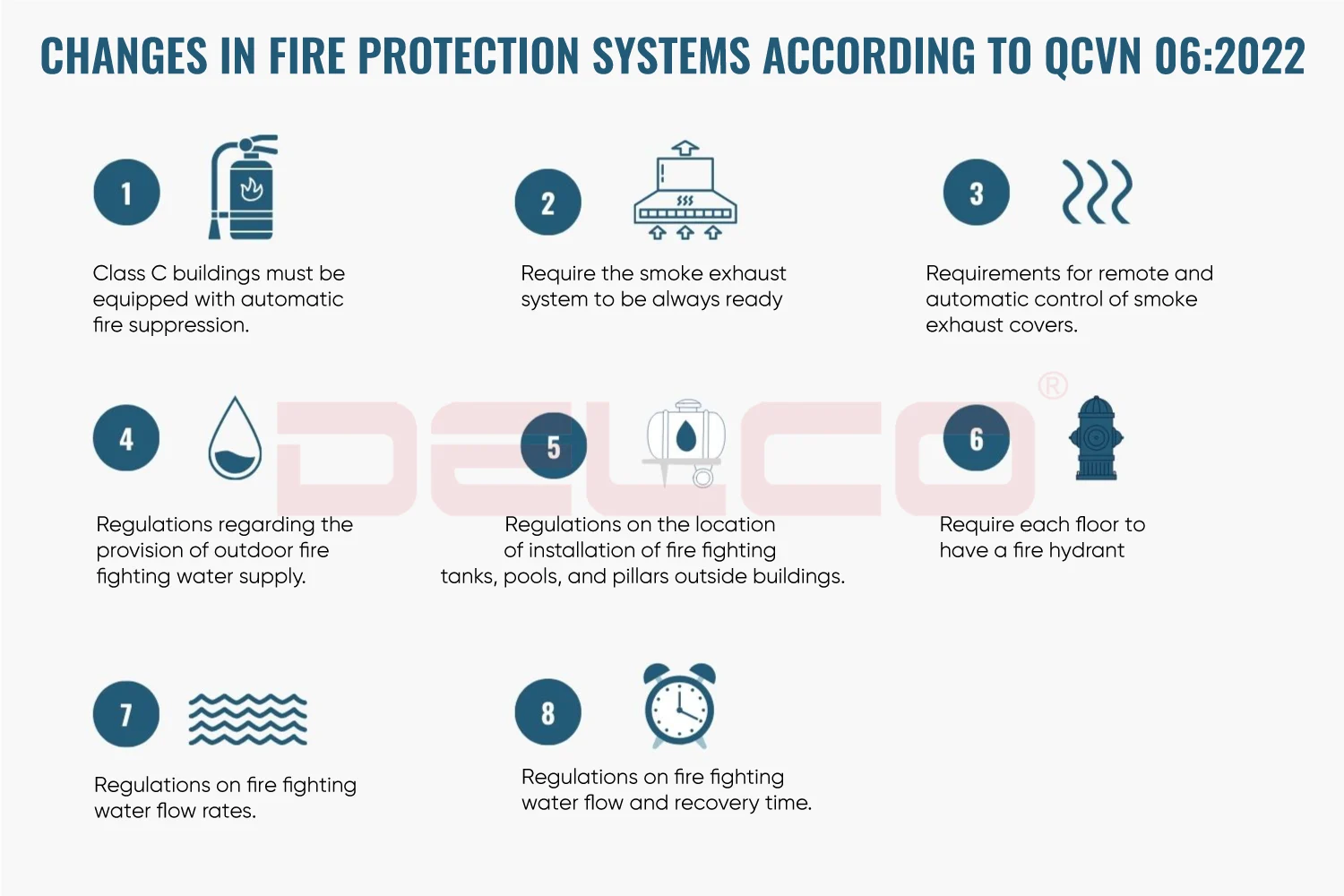
Summary of new points about the fire prevention and fighting system
Amendment 1:2023 has supplemented and clarified the smoke extraction system, smoke vents and detailed regulations on equipping outdoor fire fighting water supply. Noteworthy fire safety regulation amendments are:
– It is stipulated that Class C buildings must be equipped with automatic fire suppression and buildings with fire protection heights from over 21m to 25m must be protected by an automatic fire alarm and extinguishing system.
– Require the smoke extraction system to be automatically controlled remotely, or always ready to operate in case of fire; can extract smoke and combustion products through the smoke ventilation to the outside.
– Require smoke vents (skylights or shutters) to be automatically controlled remotely or always open.
– Regulations on equipping fire-fighting water supply outside factories and workshops: Buildings permitted to access outdoor water supply for fire fighting(tanks, reservoirs, outdoor fire hydrants, natural/artificial ponds and other similar water sources) are not required to be equipped with outdoor fire fighting water supply.
– The installation location of outdoor fire fighting tanks, reservoirs, hydrants, natural and artificial ponds must be located in service radius.
– Each factory storey is required to have fire hydrants with quantity, location, size and installation according to design standards.
– Regulations on water supply for fire fighting outside factories and workshops. Supplement Table 10 on water supply for outdoor fire fighting of F5 buildings.
– Regulations on fire fighting time and water reserve recovery time.
Thus, the latest amendment (Amendment 1:2023) to fire safety standards has specified regulations on water supply as well as time for fire fighting and water recovery. Updates in fire safety standards help investors better understand the design, location and volume of tanks and reservoirs, thereby making it easier to design and construct, meeting all fire safety requirements for buildings and construction works.
Updates in QCVN 03:2023/BCA on fire prevention and fighting equipment
QCVN 03:2023/BCA promulgating National Technical Regulations on fire prevention equipment was issued by the Ministry of Public Security on October 30, 2023 and takes effect from April 1, 2024. Regulations on technical standards for fire prevention equipment, regulations on management and organization of inspecting fire prevention and fighting equipment which is on the priority list to be inspected when brought into the Vietnamese market.

Summary of new points on technical standards for fire prevention and fighting equipment in QCVN 03:2023
QCVN 03:2023 has adjusted and supplemented details of some important regulations:
– Specific regulations on technical standards for fire fighting equipment: Fire pumps, fire hoses, fire hydrants, fire hose fittings, fire extinguishers, portable fire extinguishers, wheeled fire extinguisher, automatic dry powder fire extinguisher, hanging automatic dry powder fire extinguisher, automatic gas fire extinguisher, fire extinguishing powder, foam.
– Specific regulations on technical standards for fire alarm equipment: Automatic fire alarm system, automatic fire detector, combined fire detector, fire detector, heat detector, smoke detectors, photoelectric smoke detectors, ionization smoke detectors, point detectors, air sampling detectors/aspirating smoke detectors, smoke detection equipment for duct/smoke detectors for duct, fire alarm push button.
– Regulations on technical standards for fire sprinkler head items: sprinkler heads, closed sprinklers, open sprinklers.
– Regulations on technical standards for lighting items: emergency lighting, emergency exit lighting.
– Regulations on batch technical standards.
– Requires the type of fire prevention and fighting equipment declared by organizations and individuals that produce and import to be consistent with the list of equipment specified in QCVN 03:0001.
– Requirements for management, preservation and maintenance of fire prevention and fighting equipment according to the regulations of law.
– Require fire prevention and fighting equipment to be inspected according to regulations.
Thus, compared to the old QCVN 03:2023, it has supplemented and stipulated more details and stricter technical standards for fire prevention and fighting equipment. This helps investors feel more secure about using and installing fire prevention and fighting systems to ensure safety according to regulations.
Above are the new key points in fire safety standards that investors can consider. Thereby investors can fully grasp the latest fire safety standards and have the most appropriate and effective fire prevention and fighting measures in the factory.
Source:
Ministry of Construction – Circular 09/2023/TT-BXD amendment 1:2023 QCVN 06:2022/BXD national technical regulations on fire safety for buildings and construction works trình.
Ministry of Construction – QCVN 06:2022/BXD national technical regulations on fire safety for buildings and construction works.
h.
See more: Considerations when designing and constructing the factory’s M.E.P system
See more: 2024 Industrial factory construction trends


